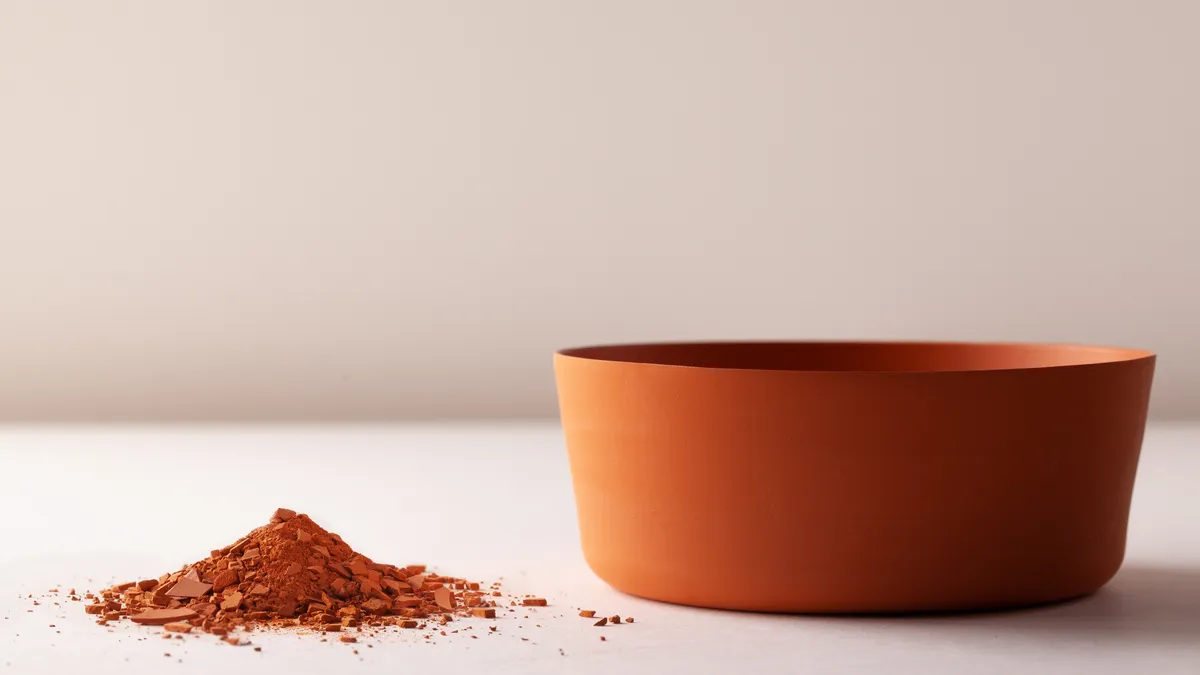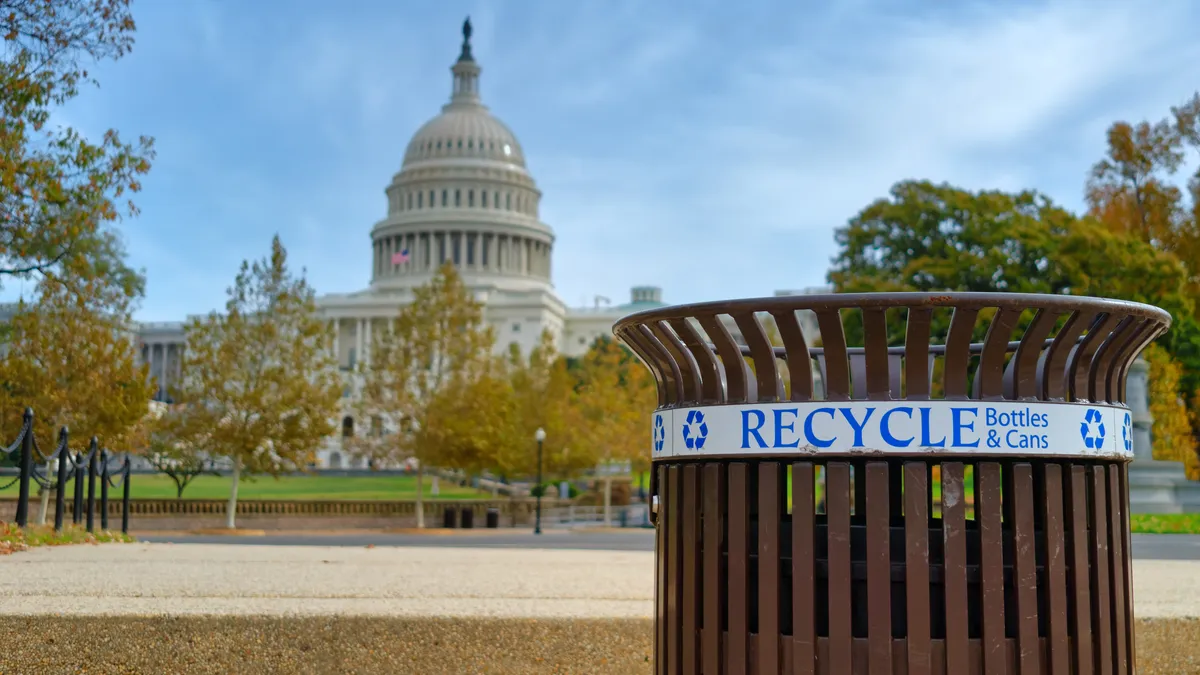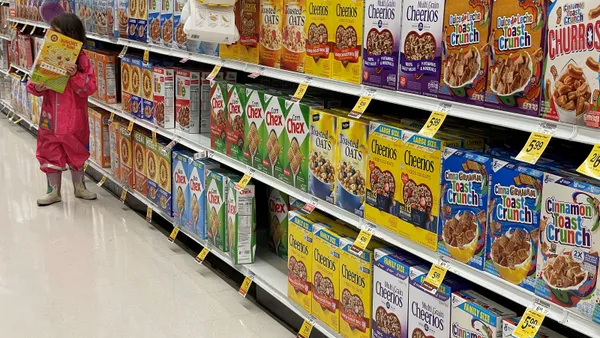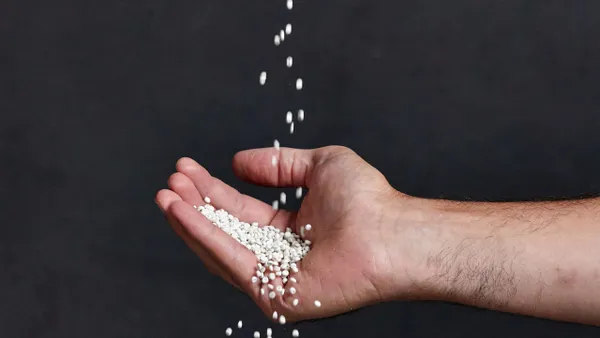Dive Brief:
- GaeaStar’s containers, made from ultra-thin clay, are debuting in the U.S. on Thursday. The company designed them to replace single-use plastic packaging for food and beverages “one cup at a time,” said Sanjeev Mankotia, founder and CEO of the Berlin and San Francisco-based startup.
- The cups and bowls are 3D printed from a material that is a combination of clay, salt and water. They can be discarded in the trash or smashed on the ground to return them to dirt, eliminating the need for recycling.
- GaeaStar is launching its first U.S. pilot of the products in San Francisco in cooperation with California-based chain Verve Coffee Roasters. Customers at selected cafes will have the option to receive certain beverages and food in the clay containers.
Dive Insight:
GaeaStar says its product design was inspired by kulhars, handleless pottery cups that date back 5,000 years in South Asia. The clay is terra cotta, which is used for a variety of pottery and tile applications, and it can be branded by using lasers to sinter the surface.
“This material is natural and can be sourced anywhere,” Mankotia said. “Instead of shipping raw materials around, you can source it locally, and the product is going to be manufactured and consumed locally,” thus contributing to a more sustainable product life cycle than plastic or paper.
Manufacturing of the “drink to dust” products initially began in Germany, and a second facility is being set up in San Francisco. The distributed “microfactory” concept — with seven to 10 high-speed additive manufacturing machines per facility as opposed to a large, centralized factory — allows for easier scalability. At scale, the microfactories could produce 4 million to 5 million units per year. The raw material is so cheap that the economics are favorable, especially as the business scales up, Mankotia said.
The 3D printing process uses fewer resources, like energy and water, than manufacturing plastic or paper items, Mankotia said. The cups and bowls are also fired at low temperature, just like other earthenware.
The products are “eggshell thin” and can be used multiple times if users handle them carefully; however, they’re not specifically intended for reuse, as are products from r.Cup or Dispatch Goods. Instead, the clay containers are designed to be a more sustainable single-use product, Mankotia said, and when the product is broken down into its initial inert material, it goes back into the earth and doesn’t create greenhouse gases — even in a landfill. They would be crushed instantly with mechanical force in a landfill setting, such as when equipment rolls over them, Mankotia said.
“With our cup, when you throw it in the regular waste, it will also go to landfill, but you’re basically just throwing dirt into the landfill,” he said. “If it's going to go into landfill, it might as well be dirt versus a plastic, which actually causes further problems — getting into our food stream and all the other negative aspects. Even bioplastic creates methane.”
Right now, demand for the products exceeds GaeaStar’s current manufacturing capabilities, Mankotia said. Efforts are underway to launch the products in about 10 locations, including London and Paris. A key goal over the next two years is to ramp up operations and bring on board more partners willing to try this alternative to conventional single-use packaging.
“Why are we over-engineering what we have currently, with all the plastics and papers?” Mankotia asked. “Why don't we go back to some of these traditional ways, which were quite wise, when you think about it?”















